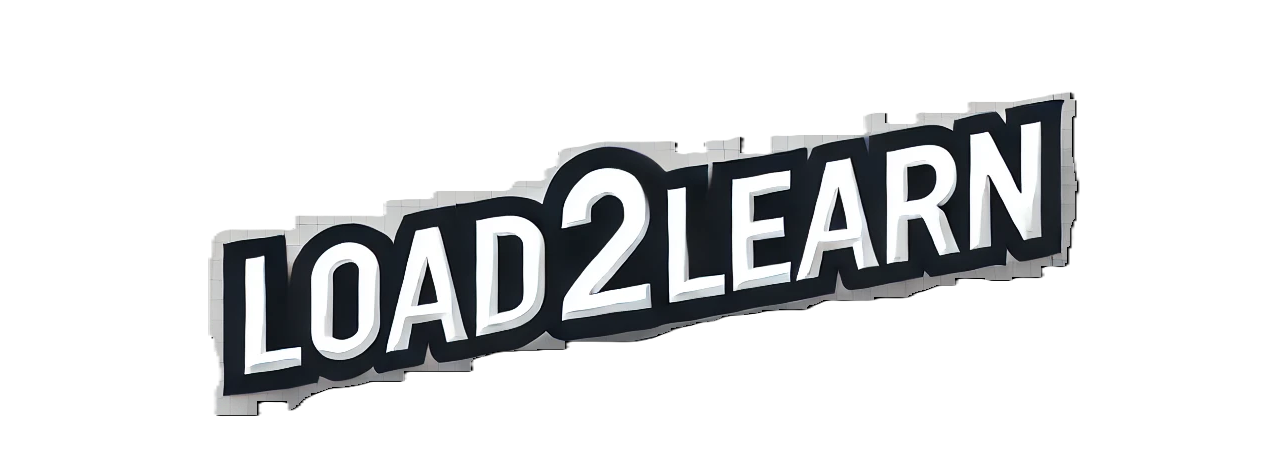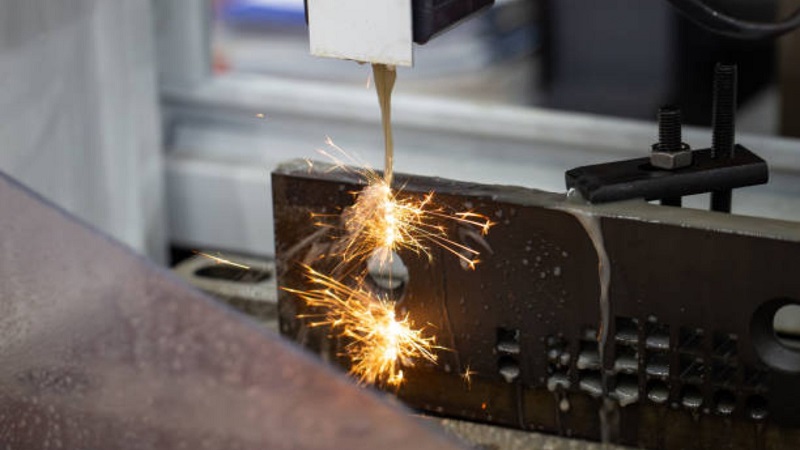Today’s factories and workshops move faster than ever, and they rely on parts that fit together perfectly every single time. As machines grow smarter and demand tougher standards, the call for tiny yet tough components only gets louder. Enter CNC precision machining, a process that turns raw metal and plastic into repeatable, work-ready pieces with almost zero wiggle.
Across every sector that makes or moves things, from aerospace to medical tech, CNC-made parts form the unseen chassis of modern production lines. These strong, accurate bits keep jets airborne, cars rolling off assembly lines, phones working, and surgical robots safe and precise.
In the sections that follow we will break down what CNC machining really does, walk through a typical job from sketch to shipment, and explain how picking the right shop can save you time, money, and headaches later on.
What CNC Precision Machining Is and What It Can Do
CNC stands for Computer Numerical Control, and it means that a computer program, not a person, tells milling, turning, and drilling tools where to move-and by how much. Because every cut is guided by the same math, quality nearly identical for every single piece and human slip-ups are almost wiped out.
Key features of CNC precision machining are:
- High repeatability: Makes every part come out the same, whether you order ten pieces or ten thousand.
- Micron-level tolerances: Can hit gaps as small as ±0.001 mm and keep moving.
- Material versatility: Works with metals like aluminum, titanium, and stainless steel, plus plastics, ceramics, and composites.
- Complex geometries: Multi-axis setups handle curved or angled shapes that used to be tricky.
- Speed and scalability: Fast prototyping leads to quick full-scale runs with no loss in quality.
When these machines team up with top-notch inspection tools, factories slash defects, meet tough rules, and give customers parts that perform better in the field.
Why CNC Precision-Machined Components Matter to Every Industry
From a smartphone chassis to a heavy-duty turbine, nearly every product has pieces that must fit, move, and last under real conditions. CNC precision-machined parts serve that need, acting as the link between a designer’s vision and everyday use.
Look at just a few fields and you’ll see the impact:
Aerospace
An aircraft wing lives in a world of wind, heat, and pressure, so its parts can’t be merely close enough. CNC-machined brackets, shafts, and housings are detailed to within micrometers and built from lightweight alloys, keeping engines humming while keeping overall weight down. That reliability lets pilots focus on flying instead of worrying about the gear that keeps them in the air.
Medical Devices
Surgical tools, implants, and imaging machines must always be spotless, the right size, and made from safe materials. With CNC precision machining, makers can shape tricky designs and give them a biocompatible surface that passes every check.
Automotive
Modern cars and trucks have hundreds of CNC-cut pieces tucked under the hood and behind the dashboard. From fuel injectors and gearboxes to drive shafts and struts, each part is made to work smoothly at speed, rain, or shine.
Electronics
Phones, tablets, and servers keep shrinking, so even the tiniest part needs to measure exactly the same every time. CNC machines build cases, connectors, and heat sinks that keep vital tech cool and ready to run around the clock.
Industrial Equipment
Factories, farms, and plants rely on big machines that stay running through years of heavy use. CNC processing gives gears, brackets, and robotic arms the strength and wear resistance they need to keep moving without constant fixes.
Across every field, CNC precision machining turns complex blueprints into trustworthy parts, letting engineers see their bold ideas come to life.
How CNC Precision Machined Components Are Made
Making CNC precision machined components begins well before the machine starts spinning. It blends skilled know-how, high-tech gear, and step-by-step control. Here is how the whole process flows from idea to finished part:
Design and CAD Modeling
Every project kicks off with a detailed 3D CAD model that lays out shape, size, and material. Designers often sit down with machinists to tweak the model, making sure it can really be built.
CAM Programming
Once the model is ready, it moves into CAM software, which figures out the exact paths the tools should take. That plan is saved as G-code, the language the CNC machine understands.
Material Selection and Preparation
Next, a block of metal or plastic is chosen based on strength and other needs. The stock is cut to rough shape, cleaned, and firmly clamped onto the machine with special fixtures.
CNC Machining
With everything in place, the machine goes to work using the following methods as needed:
- CNC milling shapes flat surfaces and curved contours
- CNC turning forms round or cylindrical pieces
- Wire EDM slices sharp corners and fine details
- Surface grinding gives mirror-like flatness
During each step, sensors watch the process in real time, and operators step in whenever something drifts out of spec.
Inspection and Quality Control
Once machining is finished, each part is carefully checked with;a
- Coordinate Measuring Machines (CMM).
- Optical comparators.
- Surface roughness testers.
- Dimensional gauges.
This step makes sure every spec is correct before the parts ship.
Partnering with a shop that runs up-to-date CNC precision machining equipment gives you accurate parts, steady delivery dates, and clear documentation.
What to Look for in a CNC Precision Machining Supplier
For B2B buyers and engineers, picking the right machining partner can make-or-break a project. Keep these hints in mind when you review a source of CNC precision machined components:
Technical Capabilities
Verify they run multi-axis CNC machines, advanced tooling, and modern software that can tackle tricky designs. A skilled in-house engineering crew is also needed to fix problems fast and improve your files.
Material Expertise
Ask if they have logged hours on the alloys and plastics you need-whether that’s titanium, Inconel, high-temp PEEK, or 316 stainless steel.
Quality Certifications
Proof counts. Check that the shop lives by ISO 9001 rules, offers traceable records, and runs a serious program for inspection and ongoing improvement.
Scalability
Can the shop move from a one-off prototype to a high-volume run overnight? The answer should be yes. A supplier that spins up production on short notice gives you the flexibility every growing project demands.
Lead Time and Support
Quick quotes, friendly updates, and 24-7 visibility keep your calendar on track and your mind at ease.
Choosing the right CNC partner is more than metal chips and cutting tools; its joining forces for long-term gain through precision, innovation, and trust.
The Future of CNC Precision Machining in Manufacturing
As factories become smarter, CNC precision machining is stepping up too. New technologies let engineers push limits and still meet tight deadlines.
Automation and Robotics
Robot arms load parts, automated tool changers swap bits, and lights-out setups run all night, boosting output while trimming labor costs.
Artificial Intelligence and Smart Machining
AI analyzes every cut, predicts tool wear, and flags problems before they stop the line, shaving downtime and locking in quality.
Sustainable Manufacturing
Tightly controlled feeds and speeds save raw material, collected chips are recycled, and low-dust coolant cuts clean-up waste.
Integration with Additive Manufacturing
When a design demands freedom, a 3D-printed core can be CNC-finished for a glass-smooth surface and pinpoint fit, blending speed and accuracy.
Global Supply Chain Shifts
As businesses seek to sidestep delays and ocean freight surprises, many are bringing precision machining back home or shifting it to nearby countries. This move not only trims lead times but also tightens quality control and keeps sensitive designs closer to the engineering teams.
Every shift toward local production is why experts predict that CNC machined parts will soon power even more everyday products, from smartphones to smart vehicles, delivered faster and with fewer interruptions.
Conclusion
Today’s factories face rising complexity, yet CNC machining turns that challenge into opportunity by crafting parts with almost surgical accuracy. Whether its components in medical devices or brackets in supersonic jets, precisely machined pieces make the technology we dream about possible right now.
For B2B brands, working with dependable suppliers who understand CNCs capabilities can be the edge that keeps them ahead. By knowing how, when, and where to source these parts, companies set themselves up for steady growth and a stronger future.



















Leave a Reply